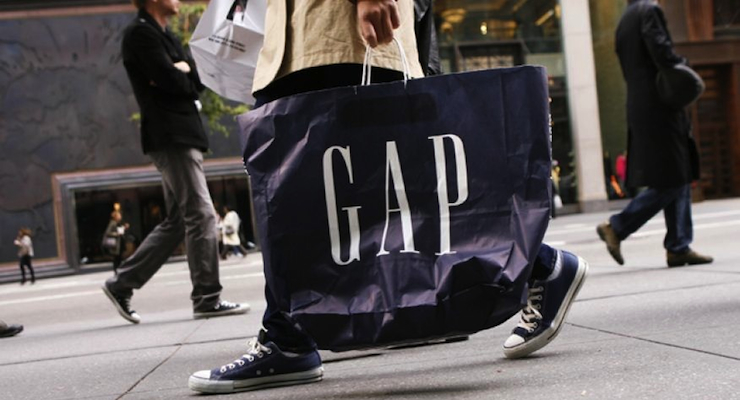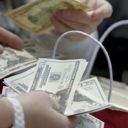

(A shopper leaves the Gap with a bag in New York City. (Photo: REUTERS)
The University of Michigan’s final July reading on the overall index on consumer sentiment came in at 93.1, down from 96.1 in June. The results were even lower than the survey’s preliminary reading of 93.3, and the lowest since May.
Consumer sentiment was also below the median forecast of 94.0 among economists polled by Reuters.
Yet, the Commerce Department said Thursday that U.S. economic growth bounced back in the second quarter to bring gross domestic product (GDP) to a 2.3 percent annual rate. Each time the government changes GDP calculation methods, it alters the data that should in reality show a recession. In a blog post published in May, which PPD and very few others covered, the Bureau of Economic Analysis announced a number of “alterations” it planned to make in seasonally adjusting data used to calculate economic growth.
These changes, which were implemented with the release of the initial second-quarter GDP estimate Thursday, on July 30, were pushed by the San Francisco Federal Reserve Bank to mask a potential recession in light of first-quarter contraction. PPD offered an expanded analysis on the latest gross domestic product report.






